Decoding Metaverse: definition, technologies & how to enter a Metaverse?

Decoding Metaverse: definition, technologies & how to enter a Metaverse?
From Apple and Facebook to Amazon and Google, every big technological corporation is now attempting to take a piece of the metaverse pie and build products and services around it.
But what is the metaverse, exactly? Is it a brand-new platform, technology, or domain? Or is the metaverse a new Internet address?
Why do companies and enterprises desire to make a name for themselves in the metaverse?
What’s more, how do you get into a metaverse?
We’ll decode the metaverse for you, explain its definition, the underlying technologies that power it, and show you how to get inside it in this article.
Let’s get right into this incredible universe known as Metaverse.
Metaverse: Definition
The phrase “metaverse” was first used in a science fiction novel called Snow Crash, published in 1992, in which a pizza delivery boy from a dismal society enters the virtual world and encounters some unusual events.
In layman’s words, Metaverse is a shared virtual realm that was developed by combining two terms: Meta and Universe.
Because of the utilisation of virtual reality and augmented reality technology, this shared virtual realm is hyper-realistic, immersive, and intuitive.
To grasp the metaverse, mentally replace the term with ‘Cyberspace,’ and all the remaining pieces of this puzzle will fall into place, revealing the true meaning and significance.
Most of the metaverse is cyberspace, albeit in a virtual and augmented form, with a slew of future technologies that provide users with a tangle of interconnected experiences.
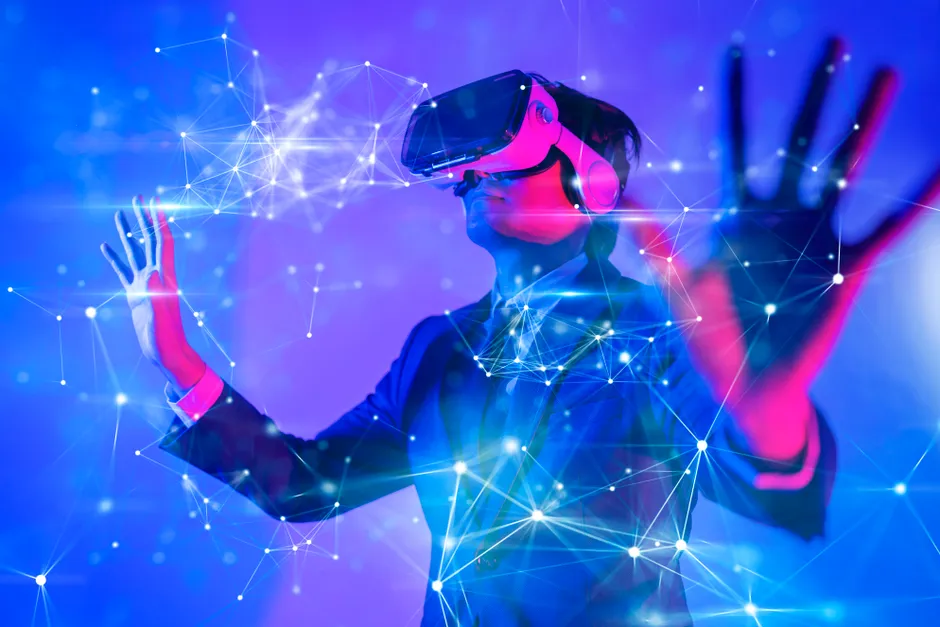
Is Metaverse A New Technology?
No! Metaverse isn’t a new technology in and of itself, but rather a new way of combining existing technologies to create a more immersive and realistic experience. The metaverse refers to a broad shift in how we engage with and use technology in everyday activities such as attending a video conference, purchasing new products, or playing games.
However, in the thrilling world of the metaverse, each of these seemingly mundane acts becomes more realistic, intuitive, and immersive, giving users a real-time feeling of space and merging physical, virtual, and augmented reality into a single dimension.
Assume you’re in the market for a new pair of shoes today. In the current situation, you will go to an internet store, ‘read’ or ‘see’ the details, and then make a payment.
You can visit that shoe store in a metaverse setting, ‘touch’ and ‘feel’ the object via augmented reality, try it on, maybe ‘run’ a little bit, and then make the purchase using virtual cash. All of this while you are in physical form thousands of kilometres distant from the store.
This is the scale at which the metaverse is growing and empowering users.
And we’ve only begun to scratch the surface here!
The Metaverse’s Technology
The following are the three most important characteristics of a metaverse:
• Bringing the physical and virtual worlds together
• Having a fully functional economy
• Interoperability: Shift seamlessly from one metaverse to the next.
Numerous technologies are creating the foundation of metaverses all over the world to ensure that these qualities and needs are met.
These are the following:
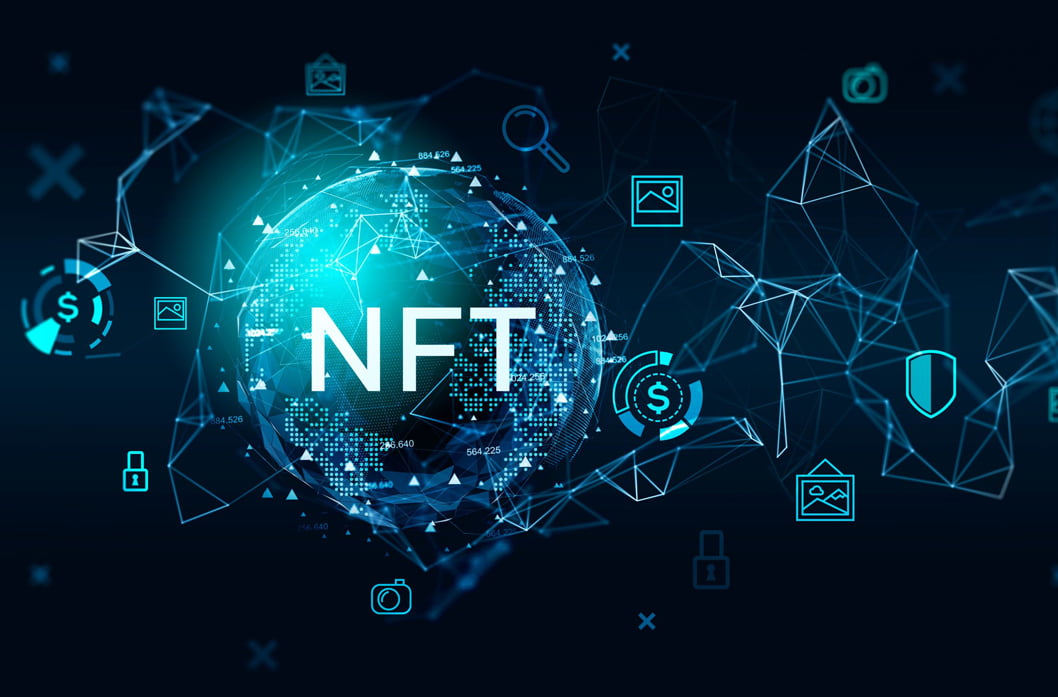
NFT Technologies
Avatars and items will exist in every metaverse, and the identities of these avatars and objects will be decided and maintained via NFT tokens or non-fungible tokens. NFTs are the ideal means to identify and transfer ownership of digital assets, avatars, and items inside a metaverse since they are one-of-a-kind assets that cannot be replaced and can be preserved indefinitely using blockchain technology.
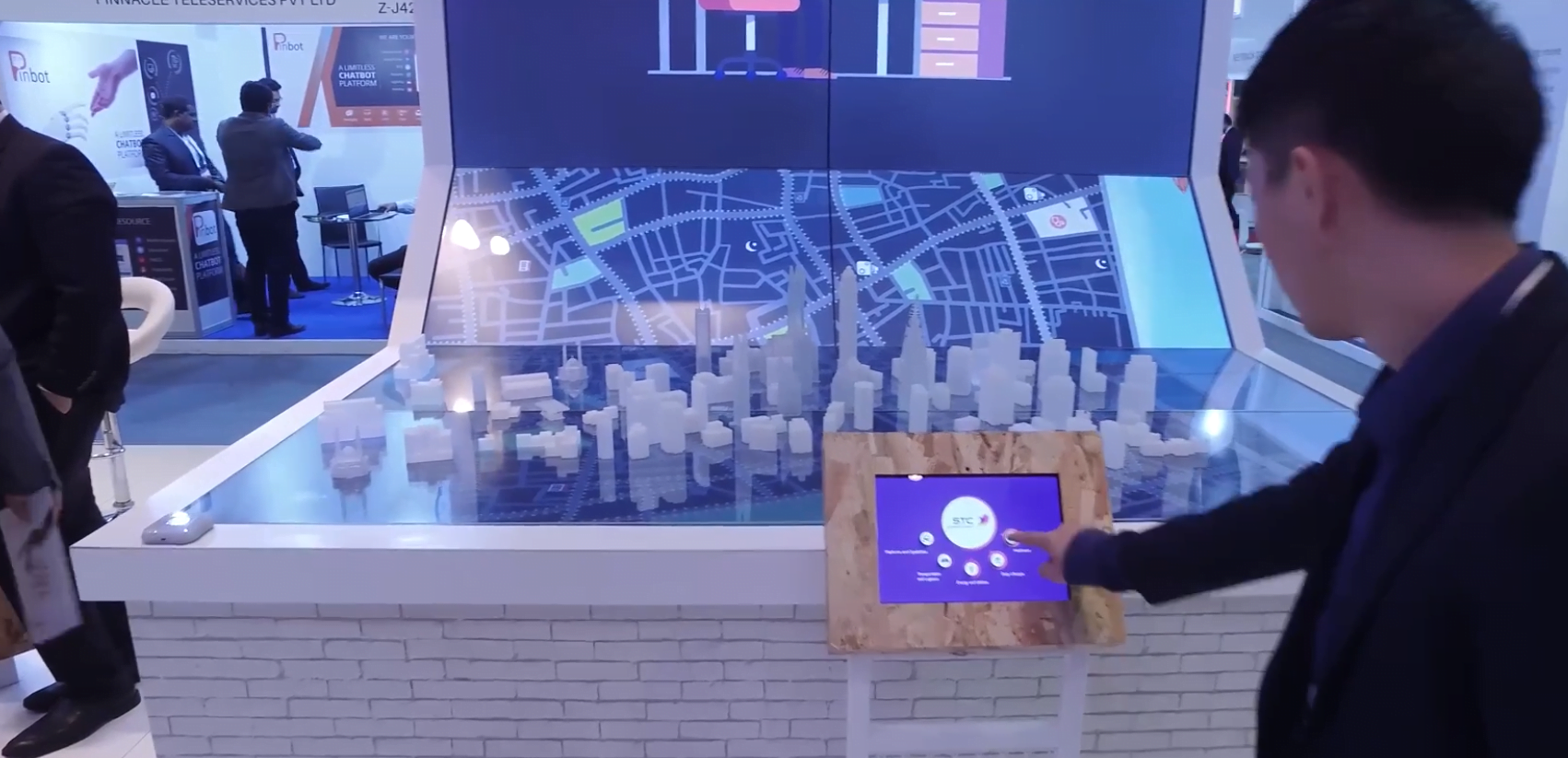
Interactive 3D Technologies
Real-world things will form the cornerstone of a metaverse, so interactive 3D technologies are crucial for its development. We need a technology that can scan the physical environment, create 3D representations of it, and then transfer it to the metaverse’s virtual world.

Mixed & Extended Reality: MX, XR
Users of a metaverse will be able to experience MX (Mixed Experience) and XR (Extended Reality) via VR (Virtual Reality) and AR (Augmented Reality) glasses, allowing them to have a totally realistic, immersive experience. Not only can you see and utilise the objects and avatars, but you can also interact with them and have a real-world experience with them.
For example, Pokemon Go already offers a virtual reality tech experience, but it will be magnified in the metaverse.
Facebook is currently working on Project Nazare, which seeks to give a complete augmented reality experience using smart glasses. And this is only the beginning.
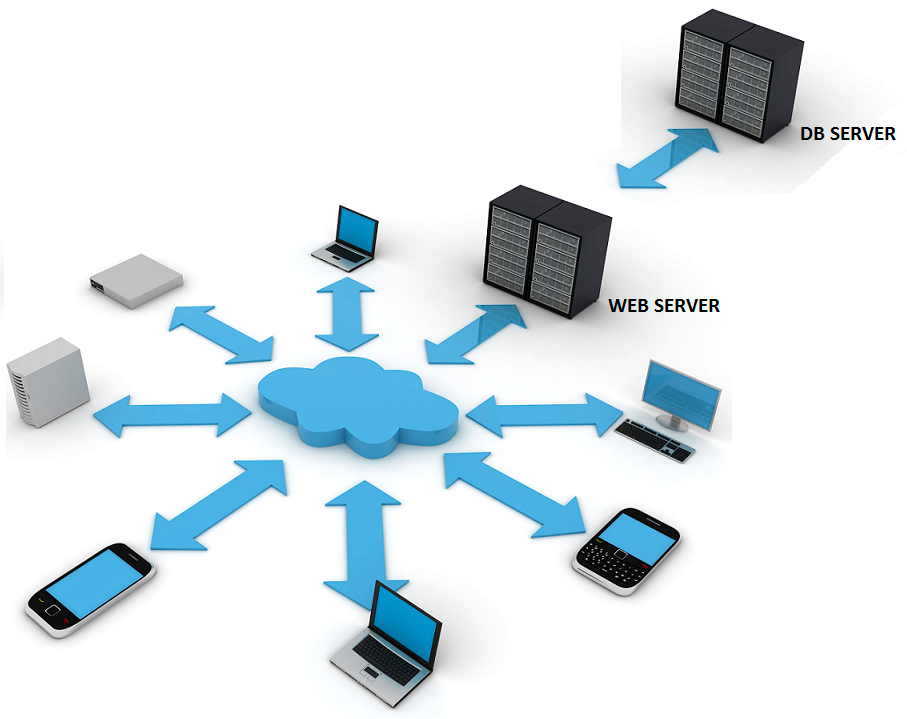
Distributed Computing
The metaverse will be built on the same concepts that underpin blockchain and torrents. We will require a vast amount of processing power to translate and transform literally every real-world object into its virtual version. A distributed approach appears to be the best option.

Powerful Artificial Intelligence
We’ll need advanced, powerful Artificial Intelligence to infuse logic and sense into augmented reality devices, avatars, and their functioning, not only for storing data but also for processing it in real-time.
In other words, we’ll need increasingly powerful and capable AI-powered tools like Google Now, Apple Siri, Amazon Alexa, and Microsoft Cortana.

Fast Network
We’ll need an ultra-fast network and communication system to move massive amounts of data between millions of devices in real-time. While 5G is currently preferred, other sophisticated telecommunications and data networks, such as 6G and beyond, will be required to build a metaverse.
How To Enter A Metaverse?
We’ll need the hardware first and foremost.
The simplest way to enter a metaverse, explore its virtual objects, create avatars, and more is to use a smartphone, tablet, or laptop/computer. A VR/AR headset and/or smart glass is recommended for the greatest, most spectacular experience.
You may virtually touch and feel objects, engage with other metaverse users in real-time, and socialise as we do in the real world using a VR and AR headset or smart glasses. This is the new latest technology.
The Meta Quest 2 VR and AR headset from Facebook and Microsoft’s HoloLens 2 are currently among the most popular headsets among metaverse tech users.
Once the technology is in place, we’ll need to choose a metaverse to enter and enjoy, and there’s some good news. There are currently several active metaverses that offer consumers an out-of-this-world virtual experience.
Roblox, a video game platform, recently hosted Gucci’s 100th anniversary in a metaverse, while the NFL recently created their first-ever metaverse-based meta-store. They even have their currency, and other companies, such as Nike, are starting to join them.
Ariana Grande, Travis Scott, Marshemello, and others have performed at meta-concerts on Fortnite, another popular gaming platform.
Horizon Workrooms, Facebook’s own meta-workplace, is wholly based on the metaverse, allowing members to meet, engage, work, and collaborate with one another via virtual and augmented reality.
Second Life is a game that is two decades old and is entirely based on metaverse principles.
The metaverse and its basic principles have emerged in popular culture in films such as The Matrix, Ready Player One, and Tron, in which people enter the metaverse and fight the bad guys! Although many of the events shown in these films were fantasy at the time, they are now becoming fact and mainstream.
The majority of currently active metaverses have their own digital currency traded among crypto investors. For example, Decentraland’s currency is MANA, now valued at roughly $3.
Another metaverse, Somnium Space, features roughly 5,000 land parcels that users can buy and sell using cryptocurrencies and their own erc20 currency, Somnium Space CUBEs.
Sandbox, Star Atlas, Bloktopia, and Metahero are some of the popular metaverse-based games that allow users to trade, sell, purchase, and build their empires within the metaverse.
Disney is already working on a unique metaverse centred on its theme parks, in which every real-world experience will be digitally documented.
Hyundai, Nike, Adidas, Warner Bros., Coca-Cola, Louis Vuitton, and a slew of other companies are partnering with or building their own metaverses to tempt customers and persuade them to buy their products.
The metaverse is the Internet’s digital future, which can transform it.
Are you ready?
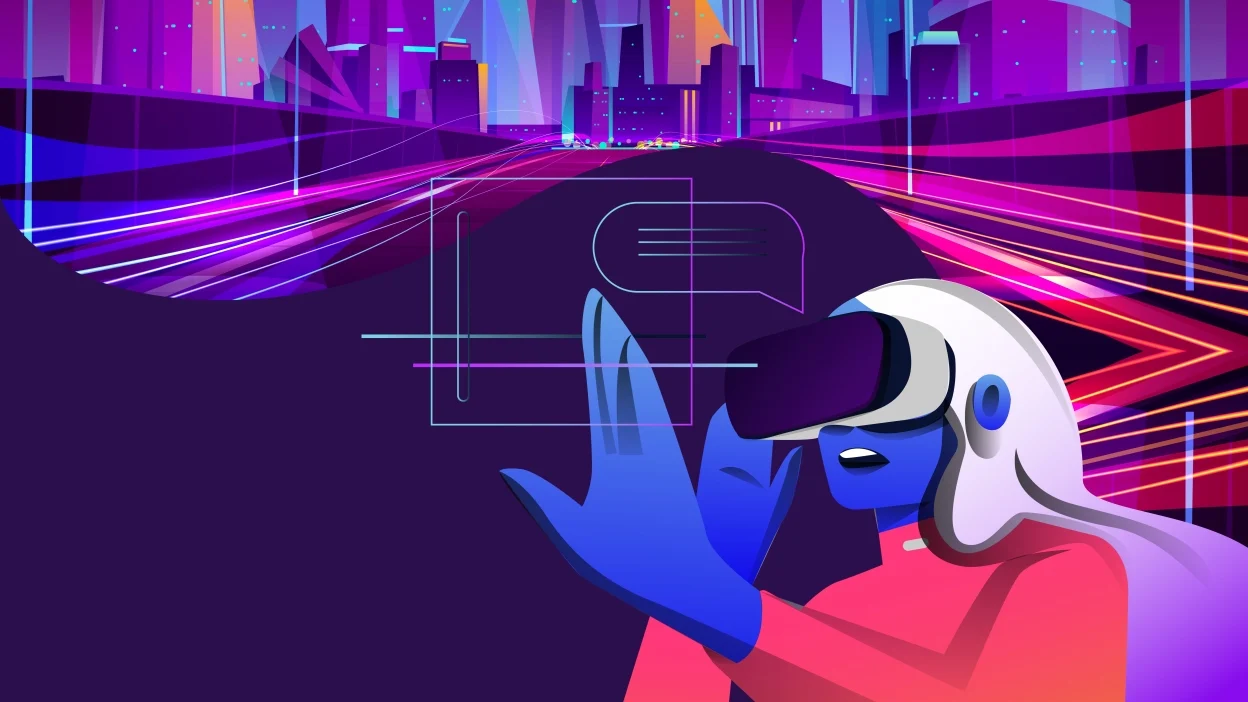
Top business applications of Metaverse that will change the future forever
How can you access Metaverse?
A metaverse tech can currently only be accessible using VR or AR headsets, although it can also be accessed by cellphones, laptops, personal computers, gaming consoles, or tablets.
Newer hardware innovations will be introduced soon, allowing a metaverse to be accessed via smart glasses.
However, one feature of the breadth and possibilities of a metaverse is relatively clear: it will be a virtual, digital world that will match and be parallel to our real existence. Consider a virtual world that resembles our homes, offices, retail malls, freeways, businesses, and other locations.
The metaverse will merge physical and virtual worlds in a novel fashion, resulting in the creation of an altogether new Universe: People are already spending millions of dollars on metaverse real estate, and some governments are planning to open metaverse embassies!
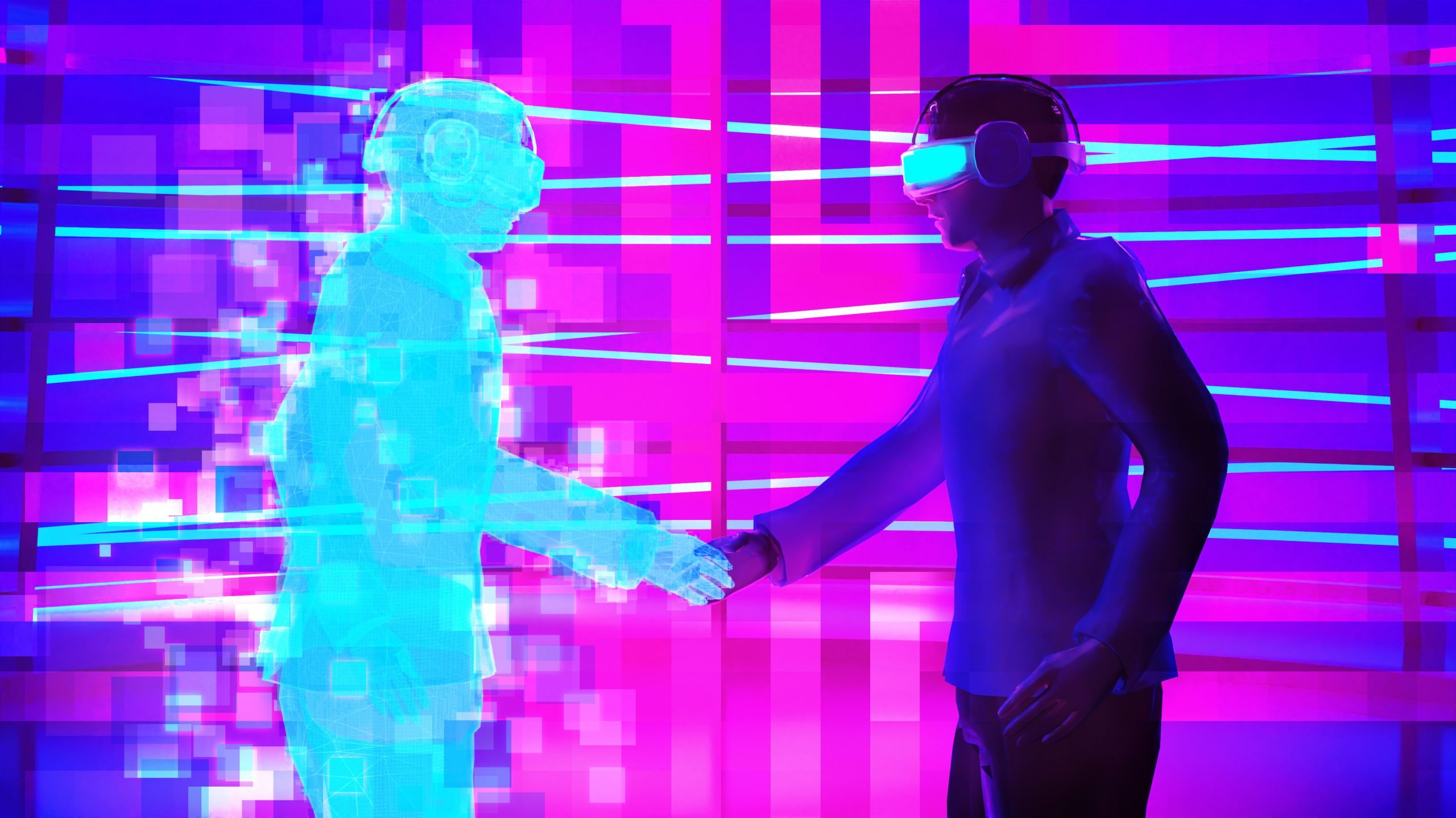
Practical & powerful business applications of Metaverse
1. Enhanced Social Media Experience
In his letter to shareholders in October 2021, Meta (previously Facebook) CEO Mark Zuckerberg coined the term “embodied internet.” And once the metaverse gets widespread, this is precisely what Social Media will become.
Currently, social media platforms such as Facebook, Instagram, and Whatsapp are 2D tech systems where users only see a screen and the content is shown on it. Interaction is confined to ‘liking,’ ‘commenting,’ and sharing,’ but this will change dramatically once the metaverse is implemented.
Thanks to AR and VR-powered metaverses, social media will become more immersive, with real-time interactions and meetups. Instead of connecting with people through a screen, social media would duplicate the real world, where people, or rather avatars of users, will interact, communicate, and participate in a three-dimensional world, similar to how social media works in the real world.
2. Improved Business Communication & Productivity
Metaverse will usher in a revolution in business communication and productivity, with never-before-seen discoveries and advances. The most popular business communication channels, such as Zoom, Microsoft Teams, and Google Meet, currently offer a 2D tech conversation mode, which includes video and audio.
This will be a thing of the past with metaverse, as hologram-based real-time communication will be possible, much like in a real-life business meeting. A full-fledged hologram of a person, for example, will sit in front of you, engage, and speak with you just like a natural person. For example, a real estate company might allow guests to take a realistic virtual tour of their commercial and residential projects. They can walk into the apartment or office, touch and feel the components, and experience the space and dimensions as if they were there in person.
Manufacturing, wholesale, real estate, corporate gatherings, and other industries are all affected by this. Even those who work from home will see a shift in communication and productivity, as meetings and seminars will become more realistic, real-time, and similar to in-person contact.
3. Immersive Sales & Marketing
The entire sales and marketing process will undergo a remarkable transition due to improved social media and improved corporate communication, accelerating overall business growth.
Imagine virtual billboards and hoardings on virtual tech motorways and expressways, visible in real-time by millions of users or avatars, with corporations paying money to obtain the rights to those ad places! This is no longer a work of fiction since investors are purchasing metaverse real estate and bolstering their virtual assets in preparation for monetisation.
The development, distribution, and consumption of marketing information with metaverse will be eternally altered. As a result of improved social media and corporate communication, the entire sales and marketing process will experience a significant transformation, increasing total business growth.
Imagine virtual tech billboards and hoardings on virtual highways and expressways, viewable in real-time to millions of users or avatars, with firms paying for the rights to those ad spots! Investors buy metaverse real estate and fortify their virtual assets in preparation for monetisation. Thus this is no longer a work of fiction.
The development, distribution, and consumption of marketing material will be forever altered as a result of the metaverse.
4. Revolutionized Online Education
The epidemic has pushed online education into the mainstream, but the existing medium of asynchronous teaching via video conferencing platforms isn’t particularly user-friendly or productive.
The Metaverse will change this.
Students can now create their digital tech avatars and attend lessons in the metaverse as if they were in the real world, learning and comprehending the knowledge from the lecturers with remarkable clarity and depth. On several levels, Metaverse will unleash an immersive learning experience fuelled by graphics-intensive virtual platforms and digital platforms for interacting, collaborating, and engaging with their classmates in real-time and practically learning the concepts and understanding the theories, possibly better than in real life.
With metaverse, online education will be revolutionised, with three-dimensional learning tools, visible learning aids, and instant access to the top academics and teachers.
5. Blockchain Applications for the Future
Because both employ the same underlying technology for building blocks, it becomes a fascinating case study on how blockchain might really complement and enhance the metaverse.
Blockchain is the technology behind bitcoin, Ethereum, other digital currencies, non-fungible tokens (NFTs) and blockchain games.
These technologies have the potential to be the building elements of a metaverse, allowing for the creation of a viable, scalable, and long-term virtual economy that does not require the usage of fiat money such as currencies. A highly advanced combination of barter systems and blockchain-based technology might trigger expanding and empowering the metaverse and establishing a parallel Universe that continues to develop into new boundaries indefinitely.
6. Entertainment in the Future
In the coming days, we may see a brand-new, never-before-seen entertainment business emerge from the metaverse’s core: Imagine a virtual concert attended by millions of avatars, each paying the price to get admission and witness live performances of top-rated celebrities from the comfort of their own homes.
Another notable application of a metaverse is virtual reality theme parks, where individuals worldwide may attend, participate in, and enjoy unique rides without ever leaving their homes.
The same may be said for sports: unique competitive sports, advanced and fair sports betting, and more can all be arranged within the metaverse.
These are just a few useful and practical business software available. We may see plenty of different business applications such as eCommerce, legal industry, manufacturing, commerce, books, movies, audio streaming, and more if a fully integrated, feature-rich, the immersive metaverse is established.

Advantages of Metaverse
-
Innovations in Communication for Workplaces and Educational Institutions
In the year 2020, a raging virus engulfed the entire world, emphasising the significance of remote working. Businesses all across the world have begun to use digital technologies or online communication tools. As a result, remote working or work-from-home routines have grown rather prevalent for organisations and employees to continue their operations.
Furthermore, educational institutions recognised the value of remote or distant learning if face-to-face contacts were restricted. The epidemic was a major factor in the growth of video conferencing platforms like Google Meet, Zoom video conferences, Microsoft Teams, and others.
The metaverse’s benefits for increasing communication can introduce exciting and interactive experiences for all users. Participants could uncover potential for dynamic and interesting interactions among participants thanks to the graphically rich 3D virtual settings and immersive experiences.
You can access virtual workplaces or classes instead of communicating with other participants via a computer screen, microphone, and speakers. Users will be able to engage with life-like digital avatars of other participants while exploring virtual workspaces or learning environments in 360-degree view in the metaverse.
-
Doubling Up the Power of Blockchain
Another promising response to the question “What are the benefits of the metaverse?” highlights the potential for using it to support blockchain applications. Blockchain is the technology that underpins cryptocurrencies like Bitcoin, Dogecoin, Ether, and a slew of other digital assets. It’s worth noting that blockchain may be used for a lot more than just creating crypto tokens or coins. It can help create and spread NFTs by acting as a distributed or decentralised database for recording transaction records.
The implementation of blockchain in the gaming business can diversify further with the help of NFTs, allowing for new trends. So, where do the metaverse experts fit into this scenario? NFTs are good tools for promoting the new play-to-earn game paradigm, in which players can earn marketable in-game digital goods.
The metaverse can provide a seamless virtual environment where all of these games and their accompanying users can be connected. Let’s take a look at it from a different perspective. NFTs are used as in-game assets in NFT games. They can be traded or used with other platforms or game titles. If you use the metaverse, you won’t need any mediators or converters to trade and manage your in-game assets.
As a virtual shared area, the metaverse can provide the ideal environment for blockchain application innovation. Consider cryptocurrencies, blockchain games, decentralised finance, non-fungible tokens, and content tokenisation.
-
New Opportunities for Branding
The impact of social media platforms and sites on the media sector is undeniable. Social media is the major medium for brands to promote their products and engage with their target audience. The new branding and marketing platforms give the target population the ability to create content linked to the brand.
Furthermore, social media has provided several opportunities for businesses and marketers to promote their products and services. In comparison to traditional media, social media also generates superior outcomes, resulting in the emergence of new marketing trends.
The advantages of the metaverse for growing social media beyond web 2.0 would be critical in establishing their marketing position. Metaverse would have all of the benefits of social media for marketing and branding, plus a few more. Businesses and marketers, for example, might use the metaverse to profit from the value benefits of virtualisation.
Brands may construct digital representations of their products and solutions and display them in shared virtual environments. Users could get a near-real-time experience of seeing and checking product specs. Furthermore, based on the antecedents of augmented reality, the metaverse pros may potentially encourage the emergence of new avenues for electronic commerce.
-
Developing and Promoting a Virtual Economy
In the existing digital universe, the concept of virtual economies is highly appealing. One of the significant metaverse advantages would be forming a virtual economy as virtual worlds continue to expand in the metaverse. The metaverse economy could be the appropriate venue for immersive exchanges of real-world digital assets. Furthermore, the metaverse possesses the necessary characteristics for introducing new economic activities and jobs in both shared virtual spaces and the actual world.
Cons of Metaverse
-
Required of Advanced Digital Technologies
The first item on the list of metaverse disadvantages would undoubtedly be the need for advanced digital technologies. Metaverse introduces new and innovative technology, including virtual reality headsets, haptics, blockchain, and other necessities. However, such technology is not available to everyone on the earth.
One of the mandatory conditions for participating in the metaverse, for example, is rapid internet connectivity. The majority of people on the planet do not have access to high-speed internet and hence cannot fully utilise the metaverse’s potential—furthermore, the shortcomings of the metaverse hint at the necessity for enhanced communication tools and gadgets. Many people cannot afford to use a high-end VR headset to enter the metaverse.
-
Privacy and Security Implications
Many of the digital solutions available today have been linked to privacy and security concerns. The primary target of digital solution criticism is the fact that they collect data from users. Such information can be utilised for identity theft and obtrusive web marketing.
Furthermore, businesses have not been able to address these issues fully. Privacy and security concerns may arise due to the metaverse’s drawbacks. As an online-enabled place, the metaverse can provide new security and privacy concerns for both individuals and institutions.
-
Reducing the Difference between Real and Virtual
The metaverse blurs the line between the actual and virtual worlds to introduce consumers to immersive experiences. Even if this is viewed as a benefit, virtual world addiction can cause people to disengage from real-world experiences. The downsides of the metaverse also bring with them the possibility of the metaverse altering how individuals view genuine relationships and interactions.

Top 5 Blockchain And Crypto Projects In The Metaverse
-
Decentraland
One of the first metaverse pioneers, Decentraland, is essentially a 3D universe. Users can develop virtual real estate plots and engage in a range of other activities in the 3D environment. Players can also host events, participate in social activities, and create content on Decentraland.
Decentraland, in reality, was a well-known metaverse project long before the hype surrounding the metaverse began to build. The modest 2D game, created in 2016, has grown into one of the best metaverse games and metaverse crypto projects, with NFTs worth hundreds of thousands of dollars. MANA, Decentraland’s native ERC-20 standard utility coin, is also available.
Decentralised has particular properties, such as a 3D interface, that qualify it for inclusion in a metaverse crypto project list. Decentraland’s additional metaverse-friendly elements include in-game events, a digital currency, and social interaction components. Furthermore, Decentraland’s virtual real estate NFT, known as LAND, has recently achieved extraordinary popularity.
- Bloktopia
Bloktopia is the second notable addition to the top metaverse blockchain and crypto initiatives. It’s essentially a virtual reality metaverse game that requires you to play in a skyscraper-filled world. The 21-story building represents the total quantity of Bitcoins, which is 21 million. Its primary purpose is to serve as a metaverse hub for socialising, work, events, and various other pursuits. Bloktopia uses the Polygon blockchain to give the four main features of studying, earning, playing, and building.
Bloktopia’s four distinct blockchain-enabled functions solidify its place among today’s best metaverse blockchain initiatives. It’s a good place to start if you’re interested in learning more about blockchain and its role in the metaverse. Bloktopia’s native token, BLOK, follows a similar play-to-earn model. Reblok supports real estate transactions, and Adblok gives advertising options. In addition to content, users can create their gaming rooms and play a variety of user-created games.
-
The Sandbox
The Sandbox is another notable addition to the list of most exemplary metaverse crypto projects. In the metaverse, it’s essentially a blockchain game that allows users to explore a virtual universe. The Sandbox’s virtual universe includes NFTs, user-created environments, and other content. The Sandbox has developed into a complex ecology, with Ether and its own money, SAND, powering the in-game economy.
Players can create their own digital identities and avatars, which they can attach to a cryptocurrency wallet to manage their NFTs and SAND tokens and other blockchain assets. Using robust programmes, players might construct virtual objects and games with exclusive economic potential as NFTs.
-
Enjin
Because of its unique features, Enjin is an essential addition to a list of metaverse crypto initiatives. It’s a blockchain platform that lets users create NFTs, which can then be used as in-game currency. Enjin has successfully released software development kits (SDKs) to facilitate the construction of Ethereum-based NFTs. Because NFTs have become such an important aspect of the metaverse, Enjin has pledged to provide a secure framework for minting them.
The most notable aspect of Enjin as one of the main metaverse blockchain ventures is its NFT liquidity. NFTs, in general, suffer from illiquidity as a result of the requirement to find a buyer. You can, however, trade your Enjin NFT for ENJ tokens to get the value you wish for your NFT.
- Star Atlas
Star Atlas is the ultimate and most likely one of the most innovative metaverse crypto initiatives. It’s a new gaming metaverse based on multiplayer video games, real-time visuals and experiences, decentralised financial technologies, and blockchain technology. Star Atlas’s foundations on the Solana blockchain clearly cross the gap between metaverse and blockchain technology.
In Star Atlas’ gaming metaverse, users can purchase digital assets such as land, equipment, ships, and crew. In addition, Star Atlas contains an in-game monetary system called POLIS, which is used to fund a variety of in-game procedures. Star Atlas can swiftly ascend among the ranks of the top metaverse crypto projects in the future, thanks to its numerous unique functionalities and intriguing experiences.
Bottom Line
Right now, the metaverse is the hottest issue in technology. The rebranding of Facebook and the sharp rise in the value of metaverse tokens are major indicators of the metaverse’s potential. Furthermore, metaverse blockchain efforts are the perfect catalyst for merging blockchain with metaverse.
However, in the metaverse, we are still in the early stages of development. Simultaneously, the number of metaverse projects is significantly expanding. Interoperability, security, ownership, and decentralisation are all characteristics that blockchain can provide in the metaverse.
edited and proofread by nikita sharma




